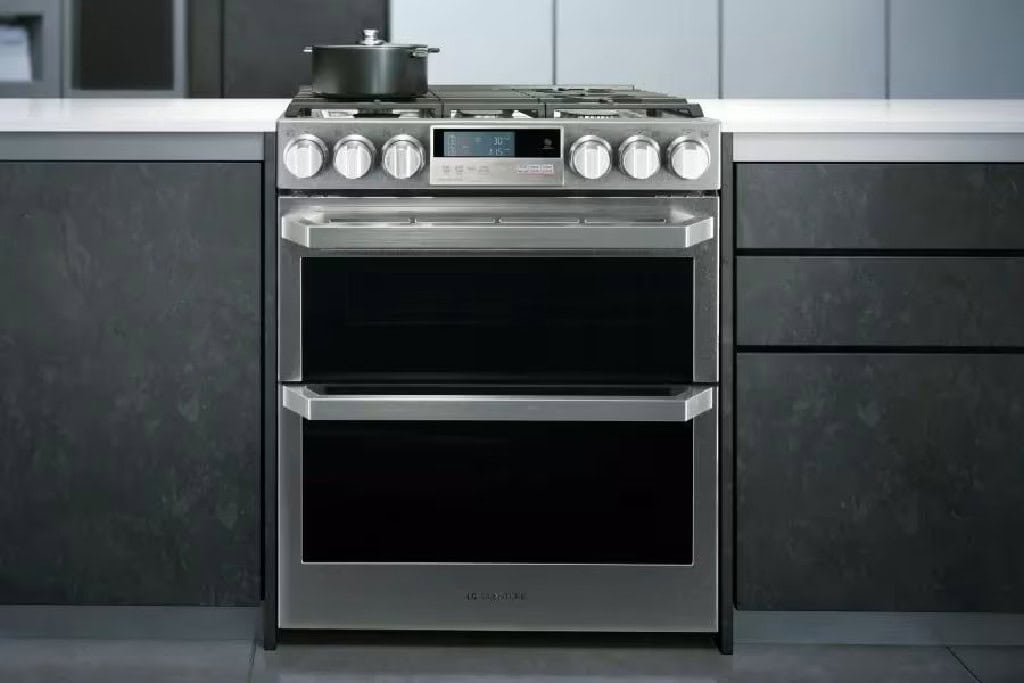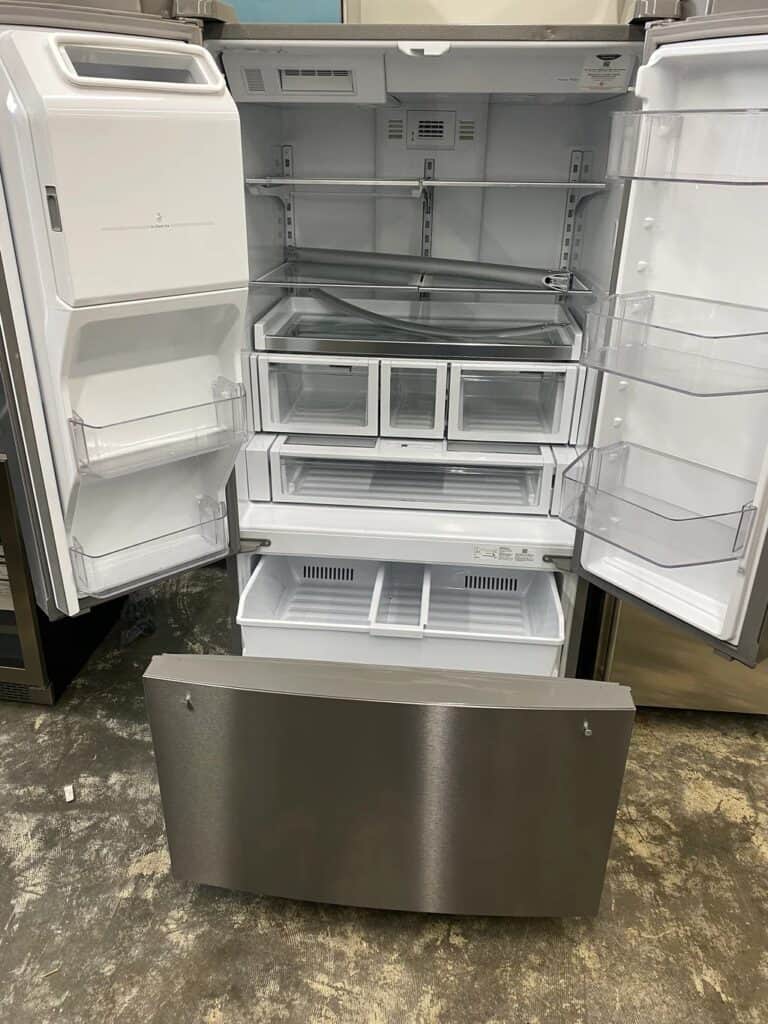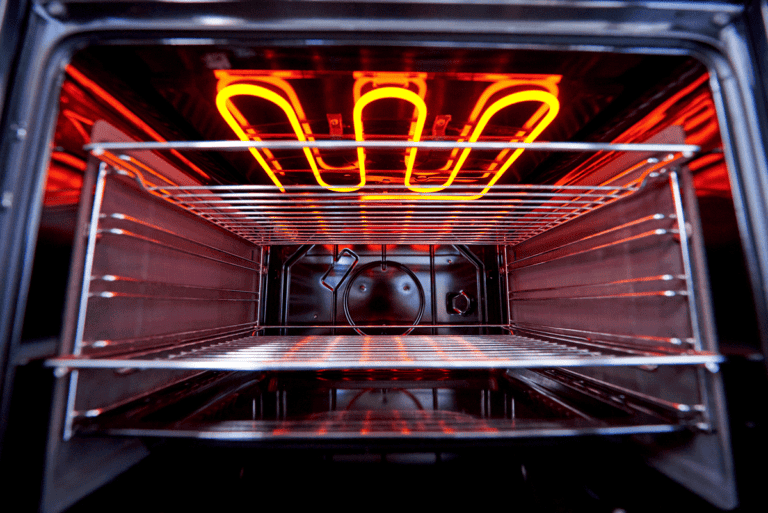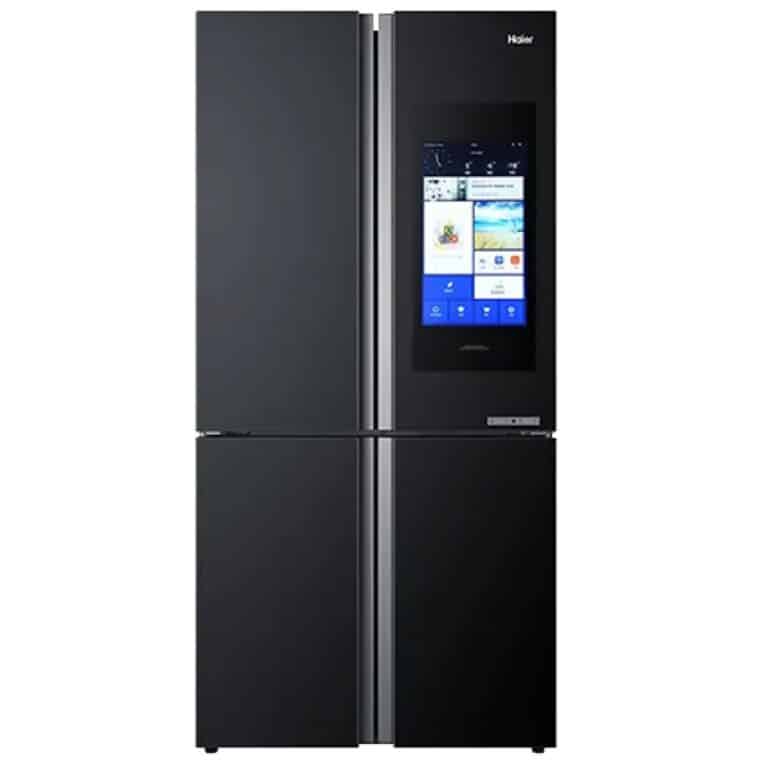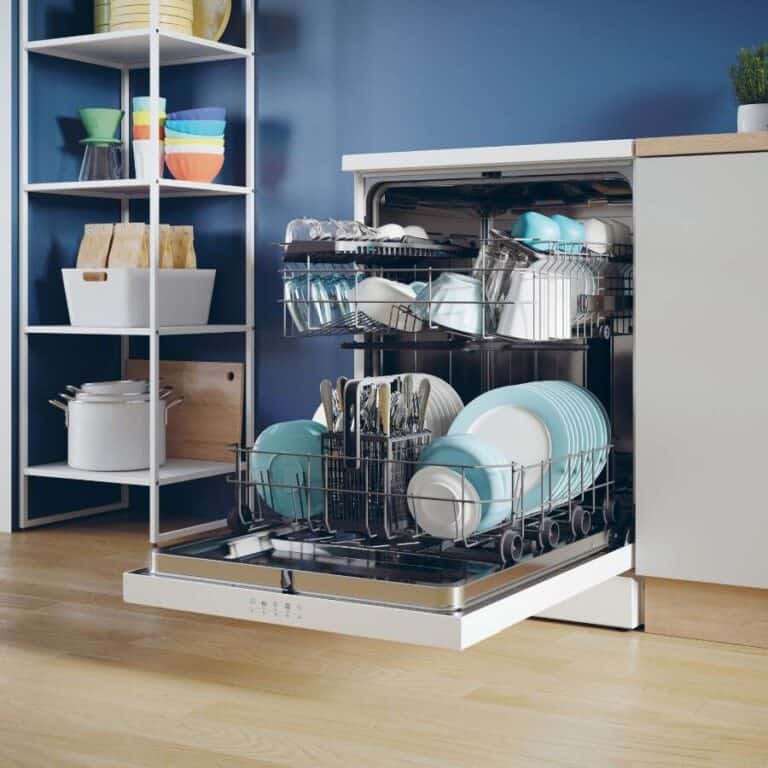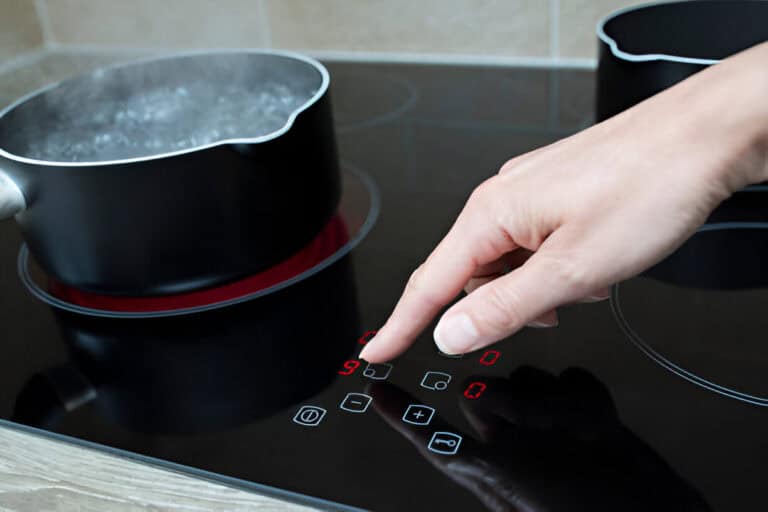Why Won’t My LG Oven Heat Up? Troubleshooting and Fixes
Is there anything more frustrating than turning on your LG oven, setting the temperature, and waiting patiently for your dinner to cook—only to find it’s not heating up? It’s a disheartening experience, akin to anticipating an unfulfilled bus ride.
Whether you’re a seasoned home chef or just trying to whip up a simple dinner, an oven that refuses to heat is a serious inconvenience. But don’t worry—there are a few common culprits behind this issue, and more importantly, there are solutions.
Let’s dive into the possible reasons why your LG oven might not be heating up, and how you can get it back to cooking your meals in no time.
Understanding the Problem

First off, when an oven refuses to heat up, it’s easy to assume that something’s catastrophically wrong. But, in most cases, the problem is something you can troubleshoot without needing to call in an expensive technician.
Often, these problems are tied to basic components like the heating element, thermostat, or the power supply. Once you understand the reasons behind the issue, you’ll feel much more confident in solving it.
Common Causes of Your LG Oven Not Heating
Let’s go through the most common reasons why your LG oven might be stubbornly refusing to heat up. Armed with this knowledge, you can start pinpointing what’s causing the issue.
1. Faulty Heating Element
If your oven isn’t heating up, the first thing you should check is the heating element. The heating element is the heart of your oven, responsible for generating the heat necessary to cook your food. If it’s damaged or burned out, your oven simply won’t heat properly, if at all.
You can tell if the heating element is damaged if it looks discolored, has cracks, or is covered in food debris. Another sign to look out for is if the element isn’t glowing red when the oven is on. If it’s faulty, it will need replacing. Luckily, replacing the heating element in an LG oven is relatively straightforward—just make sure to unplug the oven and carefully follow the manufacturer’s instructions for replacement.
2. Broken Thermostat or Temperature Sensor
Your oven’s thermostat or temperature sensor is responsible for regulating the heat inside. If the thermostat is faulty, the oven may not reach the desired temperature. This could cause the oven to heat inconsistently or not heat up at all.
To troubleshoot, you can test the thermostat with a multimeter to see if it’s sending the right signals. If you suspect that the temperature sensor is malfunctioning, it’s best to call in a professional, as replacing this part often involves accessing the oven’s interior.
| Check out: 5 Common Signs of a Bad Defrost Thermostat You Shouldn’t Ignore |
3. Power Supply Issues
Sometimes, the issue isn’t the oven at all—it could be a problem with the power supply. If the oven isn’t getting the proper voltage, it simply can’t generate heat. This could be as simple as a blown fuse, a tripped circuit breaker, or a malfunctioning power cord.
Check your oven’s circuit breaker to ensure it’s in the “on” position. If the fuse is blown or the breaker keeps tripping, it’s best to consult an electrician. Working with electricity can be dangerous, so it’s always a good idea to call a professional if you’re unsure.
4. Malfunctioning Gas Valve (for Gas Ovens)
If you’re working with a gas oven, a malfunctioning gas valve could be the culprit. The gas valve controls the flow of gas into the oven for the burners to ignite. If this valve is faulty, your oven may turn on but fail to ignite, leaving it cold and useless.
The igniter might be another suspect here. If it doesn’t glow or click when you turn on the oven, it may need replacing. A professional should handle gas-related repairs, as gas appliances can be hazardous if mishandled.
5. Electronic Control Board Problems
In some cases, the issue may be tied to the oven’s electronic control board. The control board is responsible for sending signals to the oven to regulate the temperature and timing. If this component fails, it could prevent the oven from heating up altogether. This type of issue is more complex and may require professional attention to replace the board.
Troubleshooting Steps for Your LG Oven
Now that you know what could be causing the problem, let’s break down some actionable troubleshooting steps you can take to fix your oven.
Step 1: Check the Power Supply
Start by making sure the oven is properly plugged in and receiving power. It’s easy to overlook something simple, like an unplugged oven or a tripped circuit breaker. Reset any tripped breakers and check the power cord for any visible damage.
Step 2: Inspect the Heating Element
Next, check the heating element. Look for any obvious signs of damage, like cracks or discoloration. If the element is visibly damaged or not glowing red when the oven is on, it’s time to replace it.
Step 3: Test the Thermostat
If the heating element is in good condition, the next step is to check the thermostat. Use a multimeter to test the thermostat for continuity. If the thermostat doesn’t seem to be functioning properly, it may need to be replaced.
Step 4: Examine the Gas Valve (for Gas Ovens)
If you have a gas oven, check the gas valve. Listen for the ignition sound and see if the gas is flowing when the oven is turned on. If you don’t hear the familiar “click,” there may be an issue with the gas valve or igniter. A gas leak is dangerous, so if you suspect any issues with the gas supply, call a professional immediately.
Step 5: Consult a Technician
If none of the above fixes seem to resolve the issue, it’s time to call in the experts. A malfunctioning control board or internal wiring can be difficult to diagnose and repair on your own. Calling a professional ensures the issue is handled safely and correctly.
Preventative Maintenance Tips for Your LG Oven
The best way to avoid heating problems in the future is through regular maintenance. Keeping your oven in top shape doesn’t require much effort, and it can save you a lot of headaches down the road. Here are a few tips:
- Clean Regularly: Regularly clean your oven’s interior, including the heating elements. Food buildup can obstruct the heating process, causing the oven to perform poorly.
- Check the Gasket: Ensure the door gasket is intact and sealing properly. If the gasket is worn or broken, it can cause heat to escape, making the oven inefficient.
- Calibrate the Oven: Over time, ovens can lose their accuracy. If you notice that your oven isn’t reaching the right temperature, you might need to recalibrate it. This is a relatively simple fix—just follow the manufacturer’s instructions.
- Check the Igniter: For gas ovens, regularly inspect the igniter. A faulty igniter is often the first sign of gas oven trouble.
Final Thoughts
Dealing with an oven that refuses to heat can feel like you’re trying to bake a cake without an oven—frustrating and defeating. But with a little knowledge and a few troubleshooting steps, you can often fix the problem yourself and get back to cooking in no time. Whether it’s a faulty heating element, a malfunctioning thermostat, or a simple power issue, most of these problems are solvable with the right tools and a bit of patience.
If you’re ever in doubt, don’t hesitate to consult a professional. Safety is key when working with appliances, especially gas ovens. With a bit of care and attention, you can keep your LG oven running smoothly for years to come. Happy cooking!
